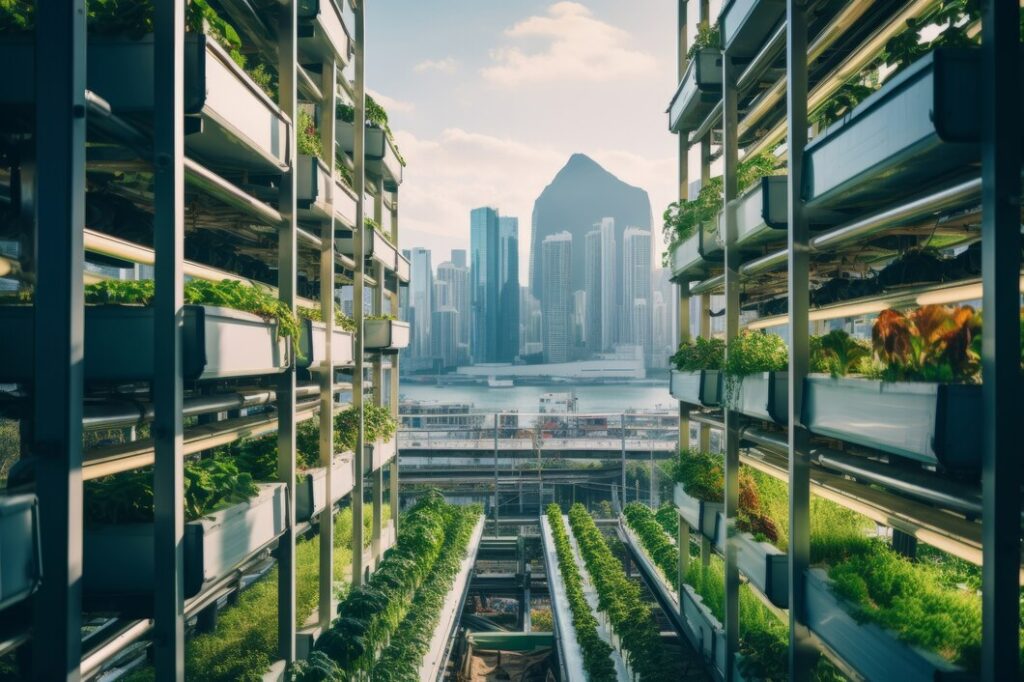In today’s world, the design and management of buildings play a crucial role in the health and well-being of occupants. Healthy building systems go beyond aesthetics and functionality; it’s about creating environments that enhance physical and mental health. Researchers have found that people spend around 90% of their time indoors, making indoor environments essential for overall health. This high indoor occupancy demands that spaces be designed to maximize air quality, lighting, and comfort, directly impacting productivity and wellness.
Healthy building systems combine different tactics to ensure that indoor areas are comfortable and promote health. This means incorporating advanced technologies to control air quality, lighting, and moisture, all critical factors in creating a healthy indoor environment. These systems need regular maintenance and constant monitoring to work effectively, thus ensuring that they continue to meet the high standards required for a truly healthy building.
Key Takeaways
- Healthy building systems prioritize occupant well-being and energy efficiency.
- Integration of advanced HVAC, lighting, and moisture control systems can significantly improve indoor air quality.
- Sustainable practices in building management contribute to reduced operational costs and environmental impact.
- Data-driven insights and real-life examples illustrate the benefits of adopting healthy building systems.
Critical Components of Healthy Building Systems
HVAC Systems
Advanced HVAC systems are essential for ensuring adequate ventilation and temperature control, both critical for maintaining good indoor air quality. These systems help reduce the presence of airborne contaminants, which can significantly impact respiratory health.
Modern HVAC systems have advanced filters and air purifiers that capture harmful particles, ensuring constant fresh and clean air. Regularly maintaining these systems is crucial to prevent the buildup of dust and contaminants, which can negate the benefits of having a high-quality HVAC system.
Lighting
Effectively planned lighting systems can decrease eye fatigue and improve mood and efficiency. Natural lighting, in particular, has been shown to positively affect mental health, making it a crucial component of any healthy building system.
The strategic placement of windows and daylighting techniques can maximize natural light intake, reducing the need for artificial lighting during the day. Moreover, LED lighting systems mimic natural light and can be adjusted according to the time of day to support the body’s natural circadian rhythms.
Moisture Control
Proper moisture management is essential for preventing mold growth and other dampness-related issues. Advanced moisture control systems help maintain the proper humidity levels, ensuring that indoor spaces are comfortable and healthy.
By using technology such as dehumidifiers and moisture sensors, buildings can automatically regulate indoor humidity to ideal levels, preventing conditions that support mold and mildew growth. It is essential in regions with high humidity, where moisture control is critical to building maintenance.
Benefits of Implementing Healthy Building Systems
Implementing healthy building systems yields numerous benefits, including improved indoor air quality, enhanced occupant comfort, and reduced energy costs. Better air quality can lead to a significant reduction in absenteeism and an increase in productivity. Moreover, sustainable practices can significantly lower buildings’ environmental footprints. Using energy-efficient systems and renewable energy sources can reduce operational costs, making it a financially viable option for building owners in the long term.
Additionally, buildings that prioritize the health and well-being of their occupants are more attractive to tenants and buyers. It can result in higher property values and a greater return on investment for building owners.
For example, office spaces that offer better air quality and natural lighting are more likely to retain tenants, reducing turnover rates and the costs associated with finding new occupants. The holistic approach to building management enhances physical health and supports the mental well-being of the people who utilize these spaces daily.
Real-Life Examples of Success
Several buildings worldwide stand out for their innovative approach to healthy building systems. For instance, the Bullitt Center in Seattle is renowned for its sustainable and health-focused design. The building incorporates various advanced technologies to ensure its occupants’ healthy and comfortable environment.
It uses high-performance insulation, triple-pane windows, and a state-of-the-art HVAC system that enhances indoor air quality while significantly reducing energy consumption. The building includes many solar panels that produce excess electricity, allowing it to generate more energy than it uses.
Another example is the Phipps Conservatory and Botanical Gardens in Pittsburgh, recognized for its commitment to sustainability and occupant health. The complex features a range of healthy building systems, including advanced HVAC and moisture control systems and abundant natural lighting.
The Conservatory utilizes rainwater harvesting systems, green roofs, and advanced glazing techniques that enhance energy efficiency and provide a visually pleasing environment. These elements come together to create an inviting and sustainable space, demonstrating that environmentally responsible design can go hand-in-hand with creating healthy indoor environments.
Future Trends in Healthy Building Systems
As technology continues to evolve, the future of healthy building systems is promising. IoT devices are anticipated to meaningfully impact the real-time monitoring and enhancement of different environmental factors. These devices can provide valuable data on air quality, temperature, humidity, and other factors, allowing building managers to make informed decisions about optimizing indoor environments. For instance, smart thermostats and sensors can detect air quality or temperature fluctuations and automatically adjust HVAC systems to maintain ideal conditions.
Innovations in building materials, such as smart glass and advanced insulation, also contribute to developing healthier and more energy-efficient buildings. These advancements represent the future of construction and building management, where sustainability and occupant health are core priorities.
Summary
Healthy building systems are crucial for creating environments that support occupants’ well-being while promoting sustainability. By implementing advanced HVAC, lighting, and moisture control systems, buildings can significantly improve indoor air quality and enhance occupant comfort. The benefits extend beyond health, contributing to reduced operational costs and environmental impact. Staying informed about the latest trends and real-life examples can help shape the future of healthy buildings, ensuring they remain safe and sustainable for years.
